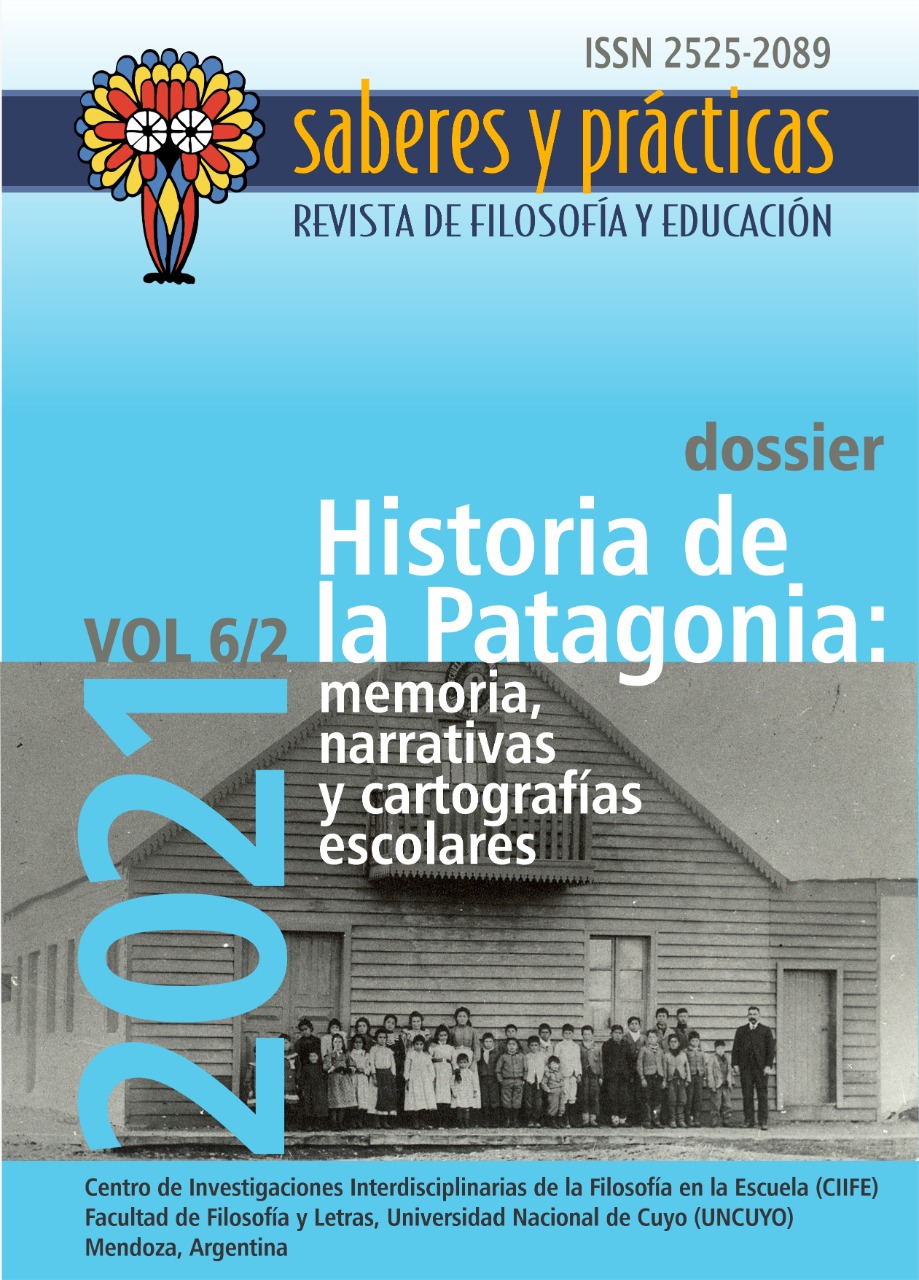School Libraries, Teachers and the Diffusion of Reading in Norpatagonia (1884-1930)
DOI:
https://doi.org/10.48162/rev.36.040Keywords:
School Libraries, History of education, Norpatagonia, Reading, TeachersAbstract
In the late 19th century, state education officials pointed out the need to establish libraries in schools in Norpatagonia (National Territories of Río Negro and Neuquén) as a means of propagating the "love of reading". The target groups were divided into three groups: students, teachers and the local community. This paper deals with the relationship between school libraries and the second group, focusing on the figure of teachers as recipients and disseminators of library action. On the one hand, given the negative perception that the authorities had of these subjects and the environment in which they worked, these libraries were expected to function as instruments for their education and training, improving knowledge and teaching practices. On the other hand, each teacher was entrusted with the task of transmitting reading habits to the community, by setting up the school library itself and carrying out activities to spread reading among the students and their families.
Downloads
References
Arata, N. (2014). Formar lectores, sensibilizar espíritus. La organización de la Biblioteca Nacional de Maestros (1870-1906). En Pineau, P. (dir.). Escolarizar lo sensible. Estudios sobre estética escolar (1870-1945) (187-229). Teseo.
Arata, N. (2019). Escolarización. En Fiorucci, F. y Bustamante Vismara, J. (eds.). Palabras claves en la historia de la educación argentina (143-148). UNIPE: Editorial Universitaria.
García, L. (2019). Biblioteca. En F. Fiorucci & J. Bustamante Vismara (eds.). Palabras claves en la historia de la educación argentina (47-48). UNIPE: Editorial Universitaria.
Méndez, L. M. (dir.). (2011). Historias en movimiento. Cuerpo, educación y tiempo libre en la Norpatagonia. 1884-1945. Prohistoria Ediciones.
Lusetti, L. y Mecozzi, M. C. (2021). Sociabilidad y educación en el oeste del Territorio de Río Negro durante la primera mitad del siglo XX. En Méndez, L. M., Piantoni, G. y Pudlubne, A. (dirs.), Desandando pasados. Escuelas, cuerpos, museos y narrativas en diálogo. (Norpatagonia, siglo XX) (pp. 43-61). Prometeo Libros.
Parada, A. (2013). Historia de las bibliotecas en la argentina. Una perspectiva desde la bibliotecología. Rev. Fuent. Cong. 7(29), 6-23. http://www.revistasbolivianas.org.bo/scielo.php?script=sci_arttext&pid=S1997-44852013000600003&lng=es&nrm=iso
Planas, J. (2017). Libros, lectores y sociabilidades de lectura. Una historia de los orígenes de las bibliotecas populares en la Argentina. Ampersand.
Ruffini, M. (2007). La pervivencia de la República posible en los territorios nacionales. Poder y ciudadanía en Río Negro. Universidad Nacional de Quilmes.
Spregelburd, R. P. (2012). ¿Qué se puede leer en la escuela? El control estatal del texto escolar (1880-1916). En Cucuzza, H. R. (dir.), Historia de la lectura en la Argentina: del catecismo colonial a las netbooks estatales (pp. 171-214). Editoras del Calderón.
Teobaldo, M. E. y García, A. B. (dirs.). (2000). Sobre maestros y escuelas. Una mirada a la Educación desde la Historia. Neuquén, 1884-1957. ArcaSur Editorial.
Teobaldo, M. E. y García, A. B. (2002). Actores y Escuelas. Una historia de la educación de Río Negro. Geema.
Teobaldo, M. E. (2011). ¡Buenos días, Sr. Inspector! Historia de los inspectores escolares en la Patagonia Norte: Río Negro y Neuquén. Perfil y funciones (1884-1962). Universidad Nacional de Córdoba.
Zaidenwerg, C. (2016). Amar la Patria. Las escuelas del territorio rionegrino y la obra argentinizadora en el Sur. Prohistoria Ediciones.
Published
How to Cite
Issue
Section
License
License
This work is licensed under a Creative Commons Attribution-NonCommercial-ShareAlike 2.5 Argentina License.





















